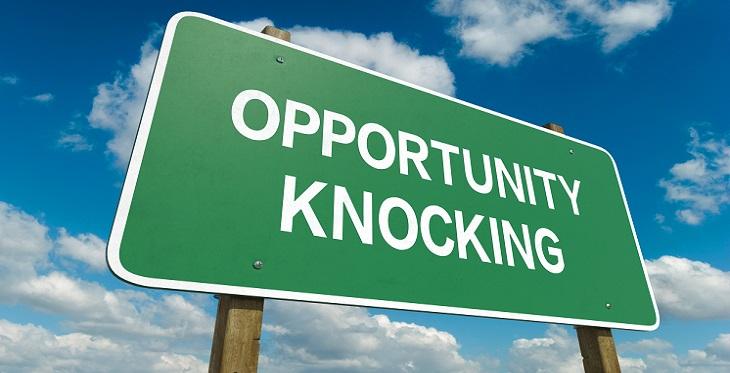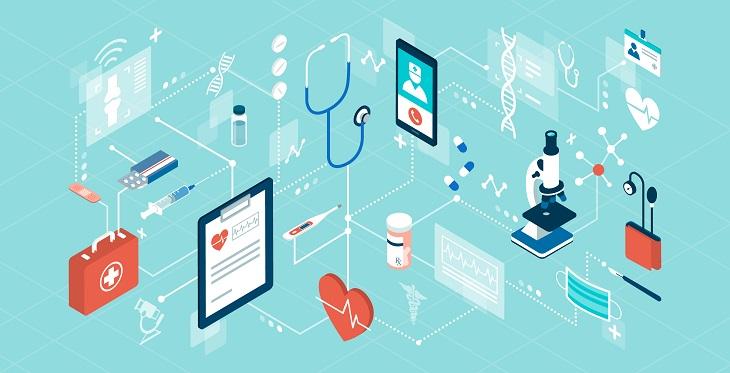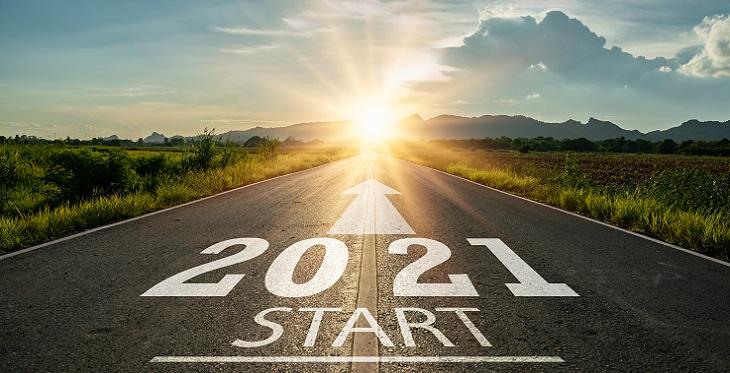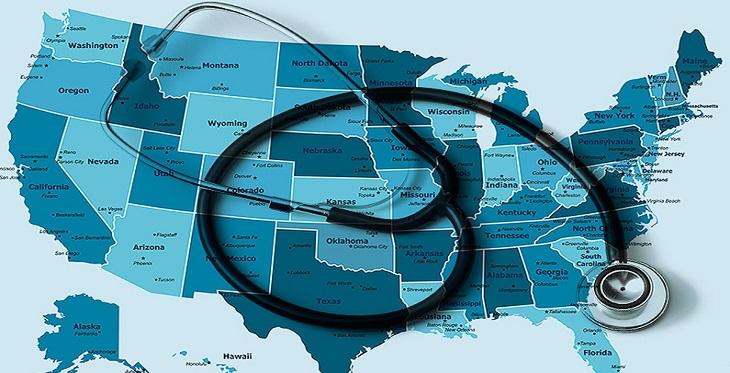Snow birds. Not the kind that fly (certainly not now with COVID) but the human kind. For those of you who never heard the term before, snow birds are typically retirees who travel south in the winter to states like Arizona, New Mexico and Florida to get away from the snow and cold up north than go back up north in the summer when the heat hits the south. What does this have to do with telemedicine? A lot actually and not just with snow birds. We are a mobile population. People don’t stay in one place their entire lives anymore – we move around, we travel but when we move from one place to another we don’t get to leave our health conditions behind us. They stay with us and sometimes we just get sick when we travel. Being creatures of habit, however, most people like to have consistency in their health providers. We like to think that our PCP and specialists that we see know us and our problems, that we have a relationship. Back to the snow birds – if my cardiologist lives in Chicago and I see her during the summer I want to see her during the winter as well when I’m relaxing by the pool in Tucson staying warm. Problem is she’s back in Chicago shoveling snow so how can I see her? Telemedicine of course but it’s not that easy.
Southwest Telehealth Resource Center Blog

By Trudy Bearden, PA-C, MPAS on
Empanelment.
Do you know what it is? Probably not if you’re not “in” primary care. You may know the patient side of empanelment, though. If you have a primary care provider (PCP), it usually means you have been empaneled to that provider.
Empanelment is a foundational component of primary care and is essential in population health management. In 2019, the People-Centered Integrated Care collaborative, participants from 10 countries developed an overview of empanelment and a comprehensive definition:

By Gerard Frunzi on
When it comes to platforms and technology for virtual care, when do you buy and when should you build? Building is certain to cost more up front, but it offers the option of lower costs of ongoing support. In addition, if you build it, you own it and can do what you like without interference. Buying it leverages the experience and expertise of vendors, while alleviating programming and some internal support needs.
When it comes to creating a telemedicine offering, the struggle is real. There are countless vendors and options. Large companies have merged into larger major market brands. Many companies, including startups, do one or a few things very well as targeted solutions. Getting information on product decisions can be difficult as vendors do not always provide actual use cases. They often leave that up to the customer to define then say how their system could fulfill those needs. Searching for something like ‘TeleICU’ returns more articles and vendors than one could reasonably read.

By Jan Ground, PT, MBA on
I spend many hours every week in meetings regarding telehealth. I lead one on proving the value of telehealth. I participate in others focused on mental health, pediatrics, ocular care, the business of telehealth, the associated technology, etc. etc. etc. Over time I’ve realized that, in most cases, the focus is totally on video visits. Having spent many years leading virtual care for Kaiser Permanente in Colorado, in my humble opinion, telehealth encompasses MUCH MORE than video visits. My definition of telehealth is any care process that does not have the clinician and the patient in the same room at the same time. This includes care provided via secure text, e-mail, telephone, video, remote patient monitoring, social media, mobile apps, even sources of information for self-care.

By Elizabeth A. Krupinski on
I don’t think I need to say why everyone was more than ready to say goodbye to 2020. Even New Year’s Eve was probably the most subdued we’ve ever had. It was sad to watch the ball drop in NYC without a soul in site, but we stayed up anyway by watching old Abbot and Costello skits from the Colgate Hour – amazing what you can find these days and it’s hard not to laugh at “Who’s on First” no matter how many times they do it.
What’s to look forward to in 2021? Infinite possibilities! New Year’s offers the opportunity to envision all sorts of new and exciting things ahead and to reset the course of our lives and events. I have high expectations for 2021, saying goodbye to the trials of yesterday while holding firmly to the triumphs and lessons learned last year. The road ahead is wide open and our gas tanks are full – drive on everyone to new adventures!


